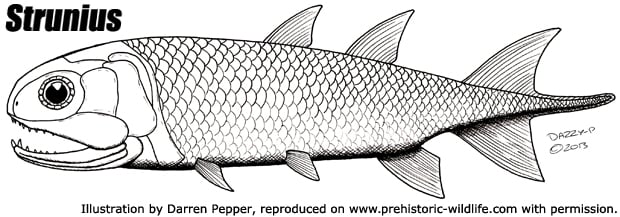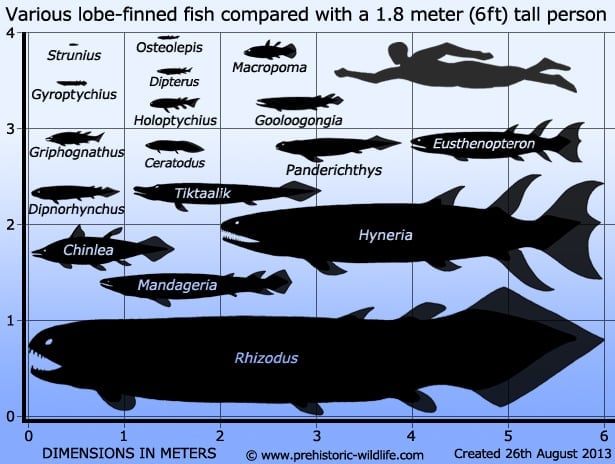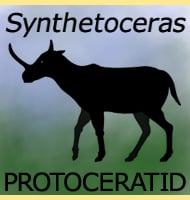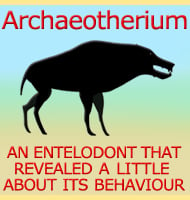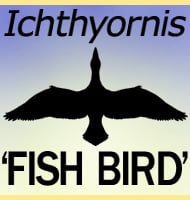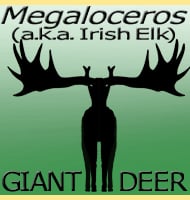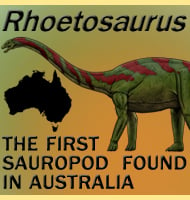In Depth
Although the fins of Strunius were still supported by rays of thins spines, Strunius is still technically considered to be a lone-finned fish due to the form of the skull. The skull of Strunius was articulated with strong joints with a muscle attachment that allowed for the skull to be brought back so that it could then be released to provide more force when biting. This would have allowed the teeth of Strunius to easily penetrate the scales of the true ray-finned fish that had started to become more common by the end of the Devonian. This skull arrangement is also seen in other lobe-finned fish such as Eusthenopteron as well as coelacanth genera such as Macropoma.
Further Reading
- A new species of Strunius(Sarcopterygii; Onychodontida) from Latvia; Lode quarry (Upper Devonian) - Ieva Upeniece - 1995.
